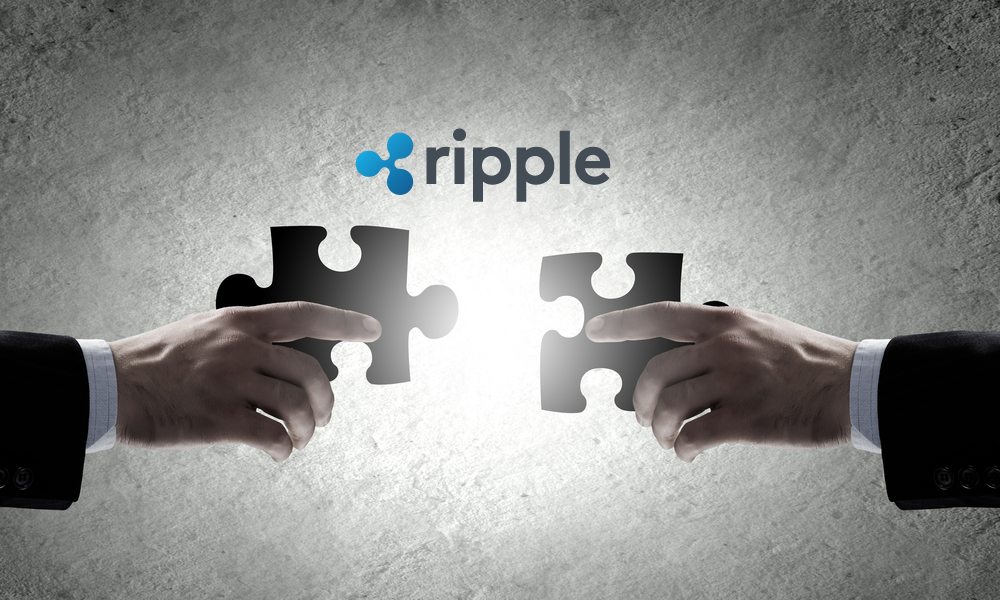Ripple was the best-performing cryptocurrency in 2017, having seen an extraordinary rise of over 30,000% in the price of its native digital asset, XRP. The year also saw Ripple make great progress in signing up banks and financial institutions to the platform. According to the San Francisco-based company’s CEO, Brad Garlinghouse, it’s now signing up an average of one bank per week. Some of the more renowned members of RippleNet include MoneyGram, American Express, Western Union, Standard Chartered, Santander, Unicredit, MUFG and BBVA.
RIPPLE vs. SWIFT
In its mission to save the world from financial exploitation by the big banks and payment gateways, Ripple has made an enemy and fierce rival in SWIFT. SWIFT is the network that has been in existence for the past four and a half decades and which has been facilitating the sharing of financial information between banks globally in a secure environment. Headquartered in Belgium, SWIFT has enjoyed a relative monopoly in the international money transfer industry for quite a long time. Well, until Ripple burst onto the scene, that is.
Ripple offers great advantages over SWIFT, and this has been reflected in the great number of financial institutions that have started testing out Ripple’s payment solutions. With a suite of products that include xVia, xRapid and xCurrent, Ripple came prepared to dethrone SWIFT.
The SWIFT-facilitated transfer corridors are notoriously slow. A cross-border funds transfer generally takes 3-5 days, an unbelievable amount of time given that we are in the age of information. To top it off, these transfers are quite expensive and have an error rate of 5%.
Ripple has changed the game with its very swift (yes, the pun was fully intended) payment network that has reduced the time needed to settle a transaction from 5 days to just 4 seconds! In addition, the Ripple network is extremely affordable, charging 0.00001 XRP, which at the current market price amounts to $0.0000053, a negligible amount.
THE POWER EQUATION UNKNOWN TO MANY
The advantages of Ripple are ridiculously great, and any bank would be a fool not to abandon SWIFT and shift to RippleNet, right? However, the reality on the ground is different. SWIFT is much more than just a payment network; it’s a centralized system that has a huge bearing on regional and international power and domination, and one that huge banks, industry influencers and governments are not willing to let go of just yet.
In the year 2012, lobbyists started a campaign meant to pressure SWIFT into banning Iran from using its network. They accused Iran of inhumane acts and dictatorial leadership. The U.S. Senate was in full agreement with the lobbyists’ request and further piled pressure on SWIFT to yield to the lobbyists. The final nudge came from the European Union, and on March 17, 2012, several banks from Iran were disconnected from SWIFT.
The effects of the ban on the oil-rich country were far-reaching. Denied its source of foreign remittances, many industries in Iran faced extremely hard times. The ban was lifted in 2016, and Iranian banks can now access the SWIFT network.
But such is the political significance of SWIFT. World powers use it to control regional and international trade, and those who are deemed renegades are just as easily starved from international funds transfers. In a few months, their economies are crumbling and they beg to be taken back.
This exertion of power by a central authority is being threatened by Ripple’s network which relies on nodes as opposed to a central channel. The benefits to users are immense, but they pose a danger of taking power away from banking conglomerates and governments which have held the strings for decades.
Thus is the conundrum in which Ripple finds itself: the same banks it needs to use its network are the banks that control SWIFT, its rival.
Will the banks relinquish their stronghold on international remittances – and subsequently their political capital – and switch to the blockchain-powered RippleNet, or will RippleNet be slowly taken down and replaced by a centralized blockchain-powered network controlled by the banks? Only time will tell.

